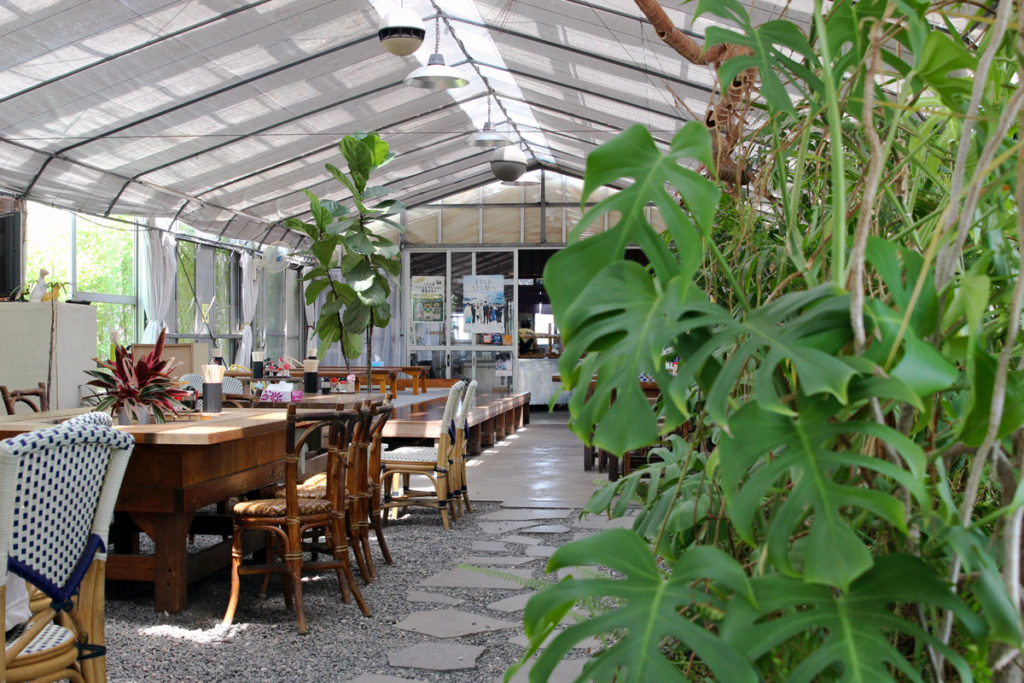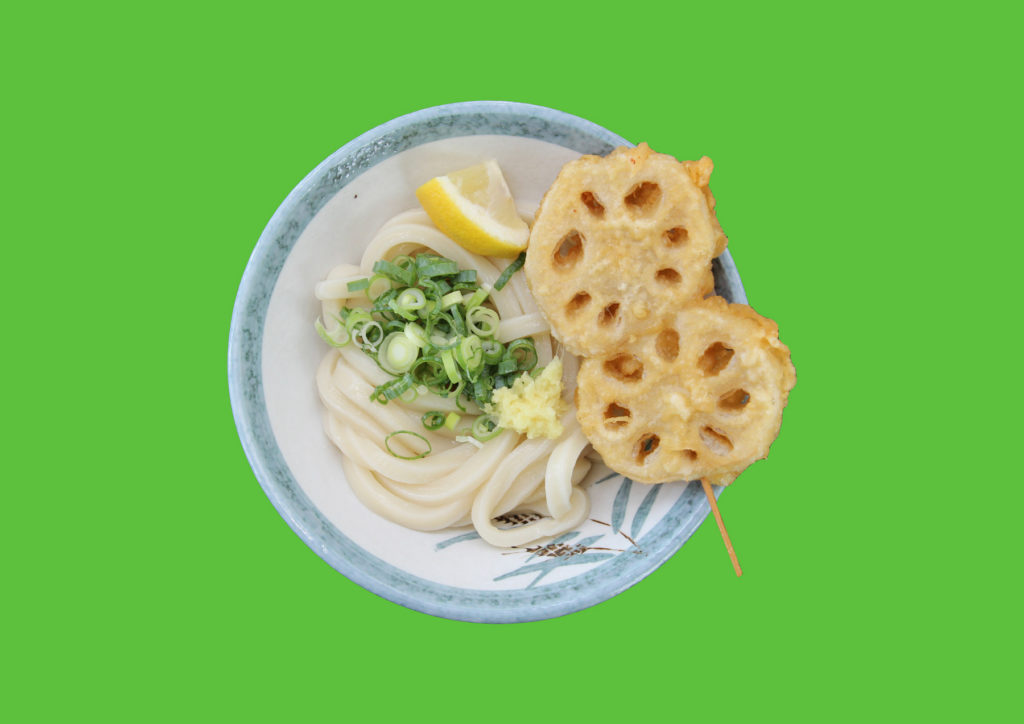Udon as we know it today first appeared in records around 1700 in the Kagawa area, some 900 years after wheat had arrived from China. Milling techniques improved throughout the Edo period and more efficient salt harvesting meant that noodles could be tastier—in flavor and texture. Udon restaurants quickly swelled in number. Not only did the area lend itself to wheat growing, the iriko, Japanese anchovy, thrives in the surrounding Seto Inland Sea and it made for flavorsome broths to bolster the otherwise simple noodles.
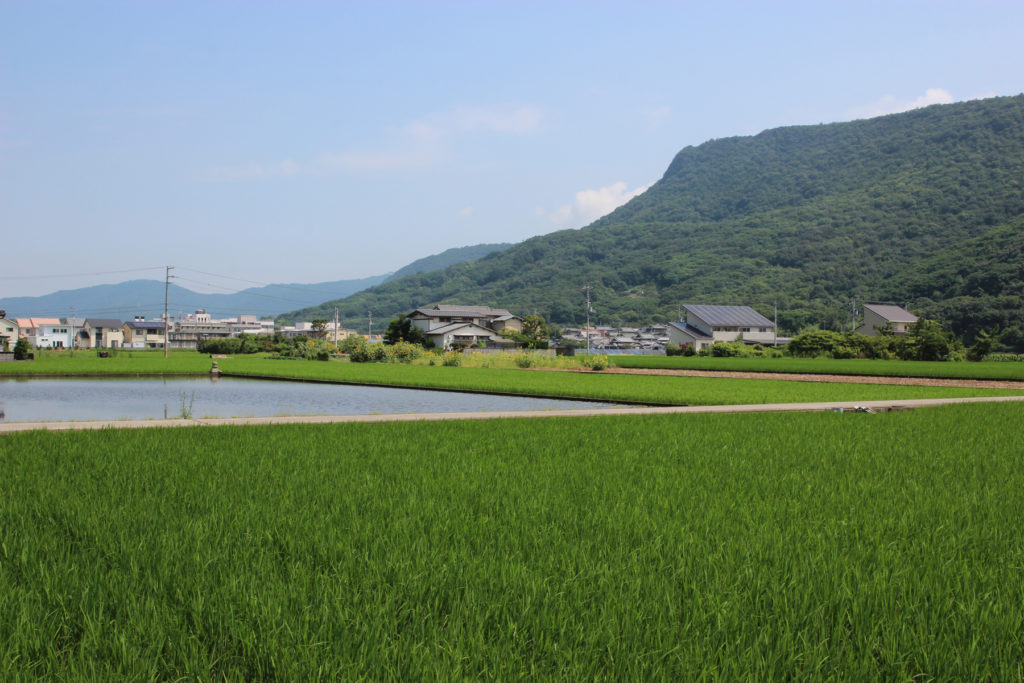
Udon spread across the country, but the Sanuki variety remained distinct. Readily available local ingredients kept costs low and meant the dish was always served fresh. Sanuki udon can only be claimed if it adheres to five set rules including those on ingredient amounts and boiling time. Two other unique factors are stepping—literally jumping on the dough (hygienically of course)— and salting. All final amounts and lengths depend on the season, weather and a master chef.
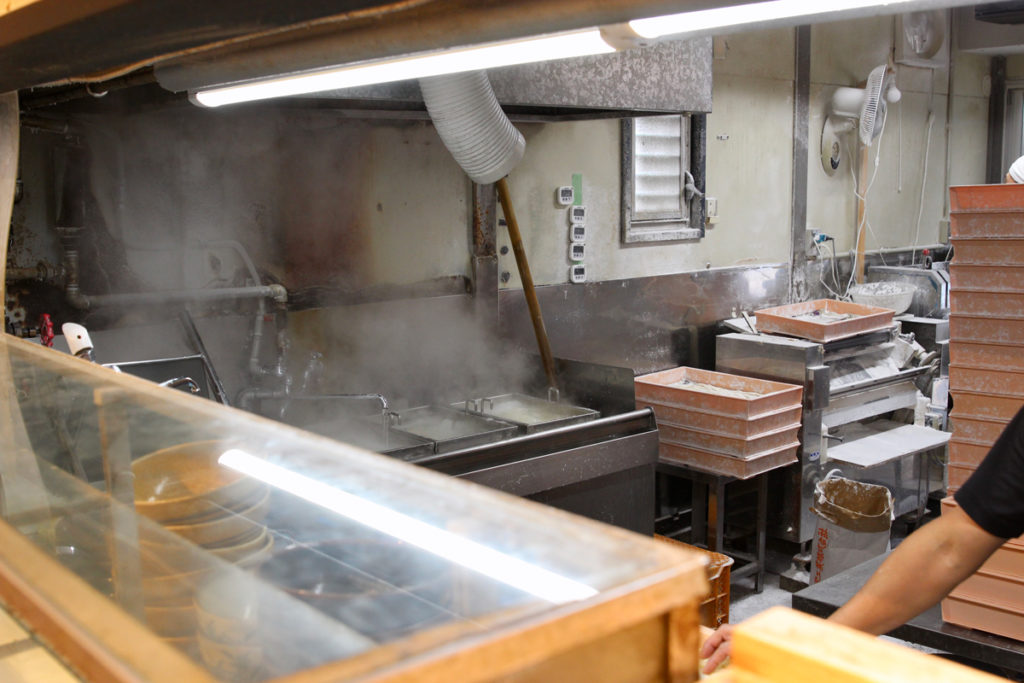
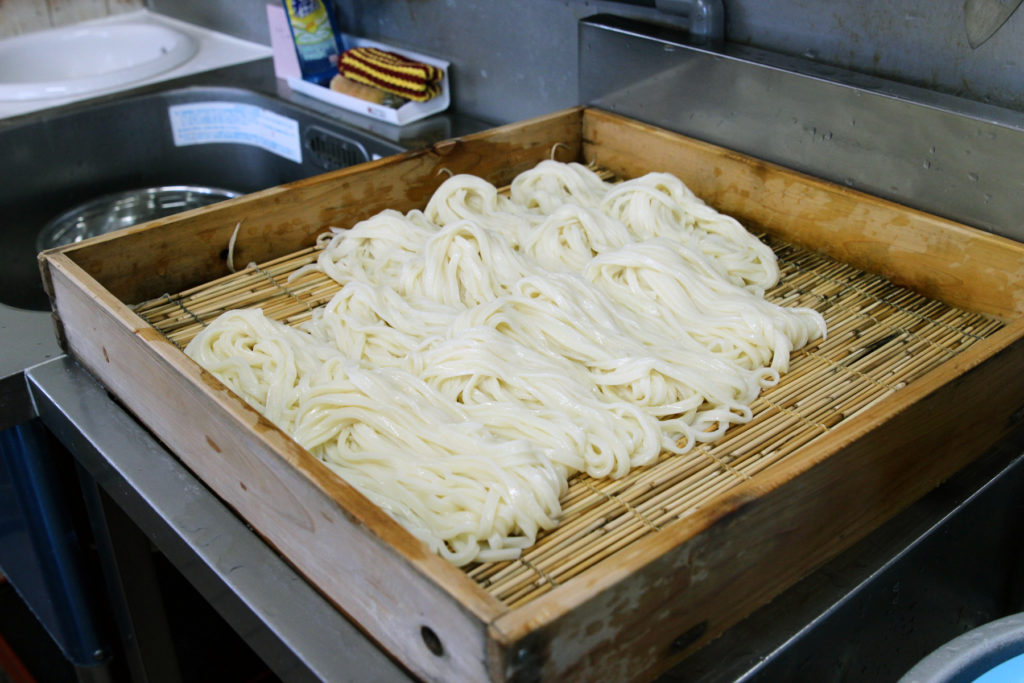
Sanuki udon is typically springier and more elastic than other types, and of medium thickness. The classic broth is rich and naturally sweet yet gives way to the wheat of the noodle. Nowadays there are many popular ways to enjoy Sanuki udon be it cold with special salty-strong soy sauce or hot with shaved beef. Tempura toppings are popular and varied, and raw or half-cooked eggs options enrich the broth. Tempura scraps and negi are added buffet style, as are an array of condiments.
In recent years Sanuki udon has become popular not just across Japan but worldwide. While the general method can be adhered to, only true Sanuki udon is experienced in Kagawa. Cycling around the area is a pleasant way to experience the prefecture and build an appetite. It’s said that there were once more udon shops than traffic lights in Kagawa so get on your bike and see how many of each you can count.
Here are three of our favorite spots in Marugame to get you started:
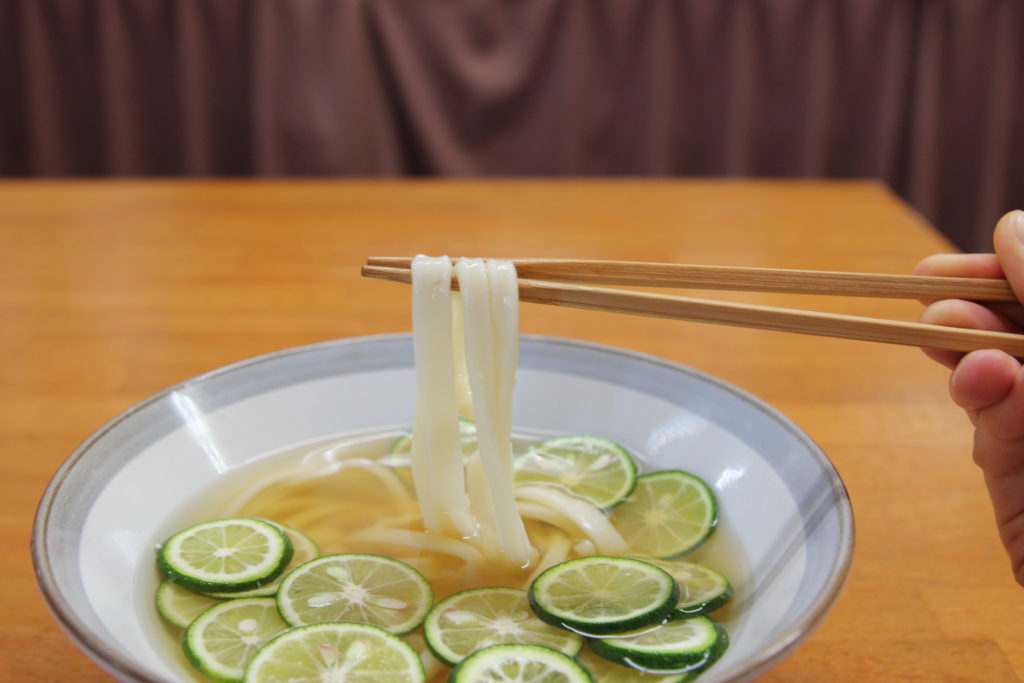
Knowing from a young age he wanted to master udon, Yoshitaka Yamashita studied business in Tokyo before opening in 2009. All the noodles are handmade, which is a rarity today, and the taste and texture are better for it.
The nurui kake is a must try. This regional specialty is also called yudame or hiyaatsu (cold hot) as it takes cooked then rapidly chilled noodles and immerses them in a hot broth. Because the udon are cooled so quickly after cooking, they become firmer than if left hot, and the addition of hot broth further increases the elasticity and chew.

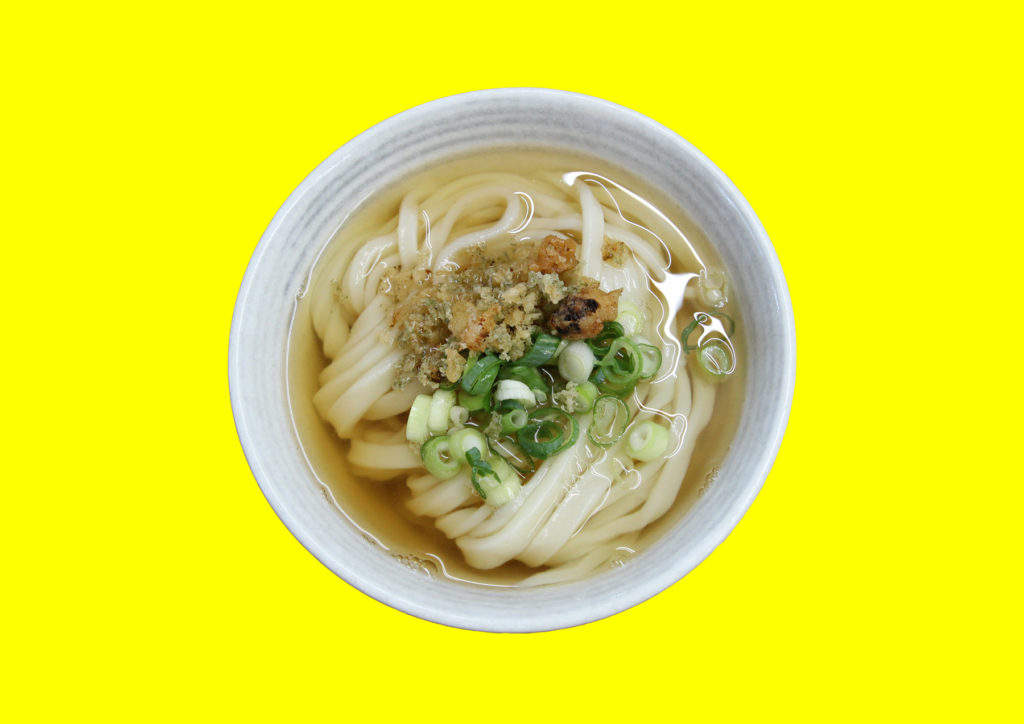
When the shop first opened, it backed on to a farm and hungry patrons would cut their negi straight from the ground and get their eggs from the coop. Even though the chicken coop is long gone, they remain famous for their kamatama: crack an egg into your bowl while you wait to be called for your hot noodles, and then swirl in their special soy sauce to your liking. The noodles here are slightly thinner than other shops and have great elasticity. The tenkasu tempura scraps are wonderfully fresh and almost kakiage-like.
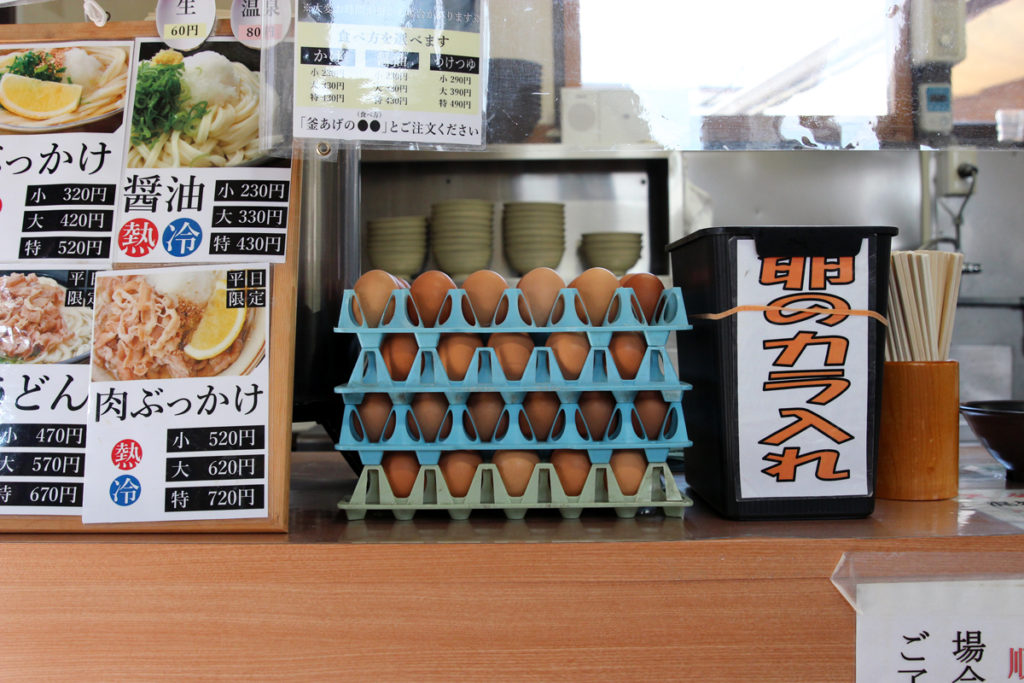
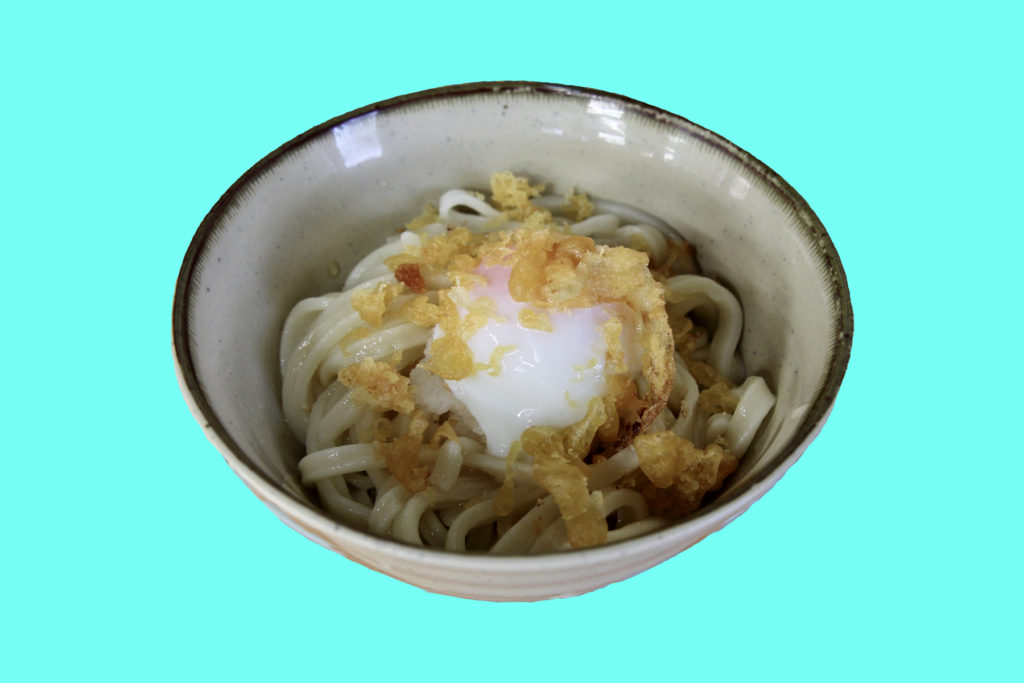
Nekko
Set in an idyllic greenhouse known locally as “the jungle”. Nekko has been using the same recipe for the dashi and udon since they opened in this location more than 30 years ago. The udon is marginally thicker and chewier, and the dashi is well-rounded. The shop owner makes succulent croquettes and the tempura is often freshly fried. Both are rewarding embellishments.
